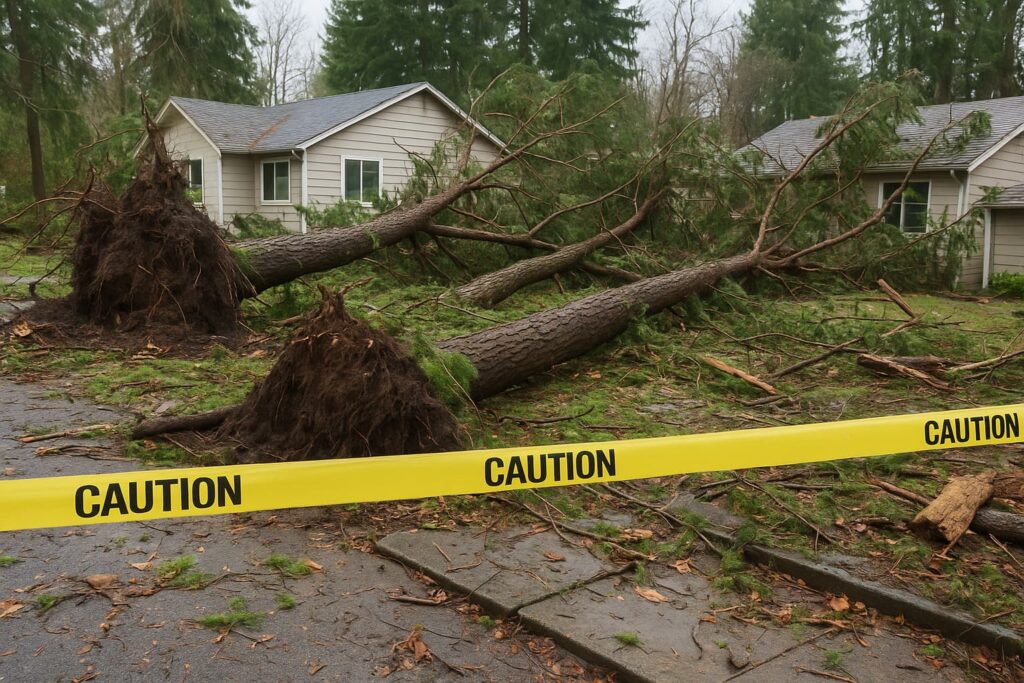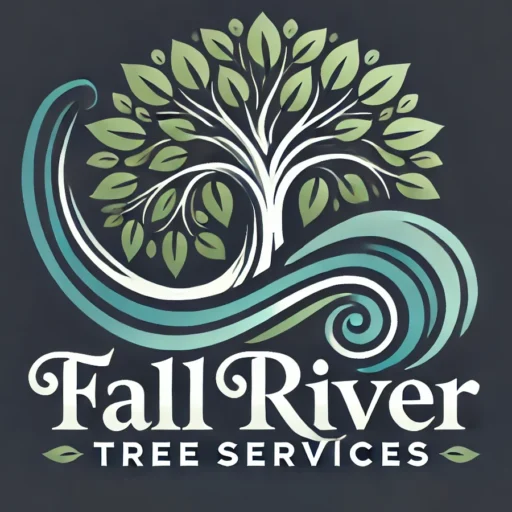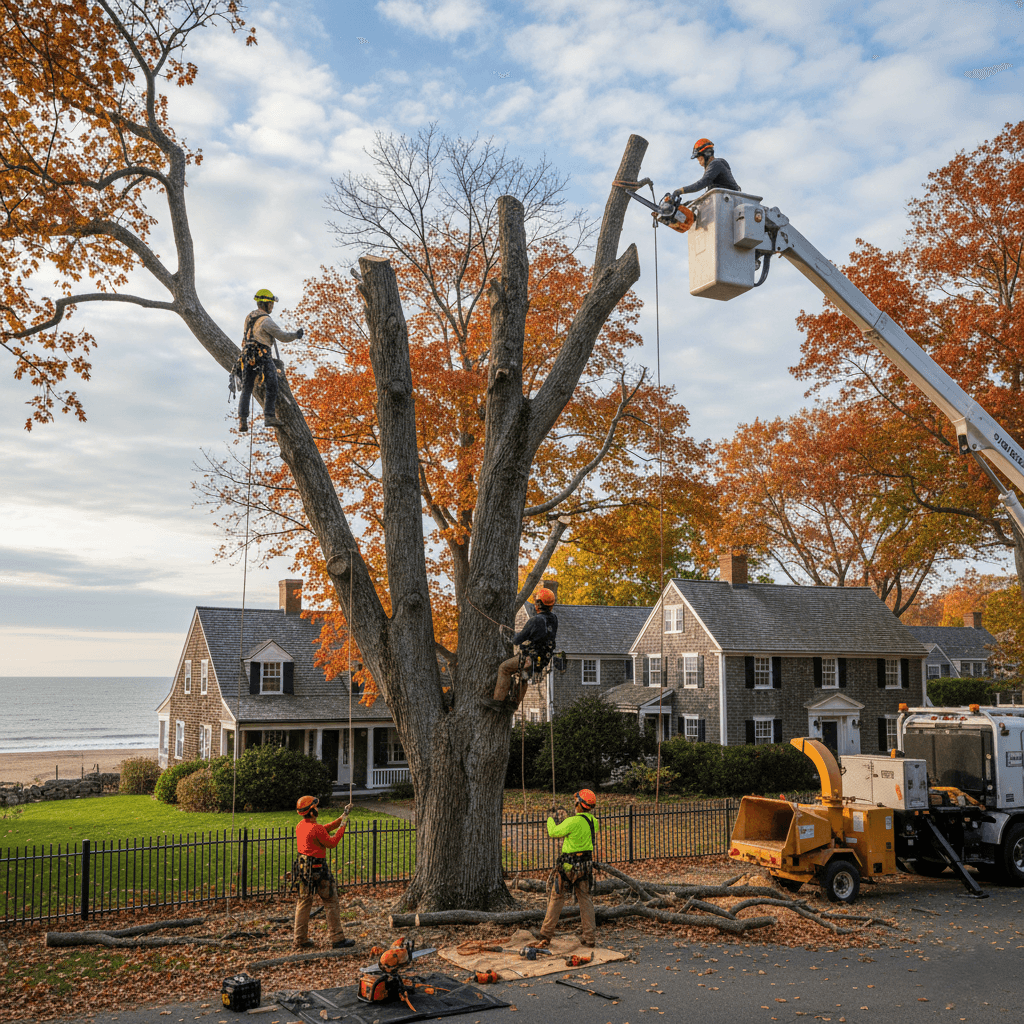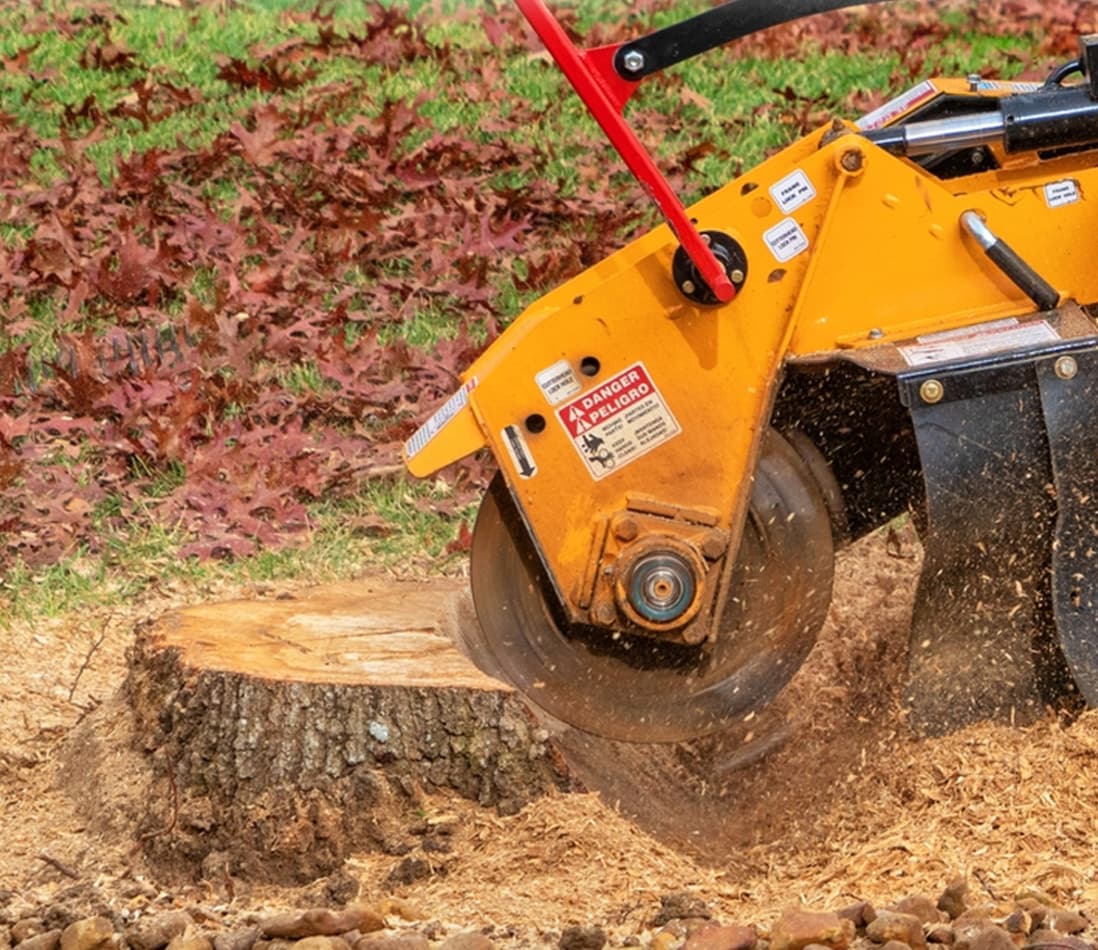
The First Steps in Storm Damage Cleanup Every Homeowner Should Know
Storm Damage Cleanup Fall River
When severe weather strikes Fall River, Massachusetts, homeowners face the overwhelming task of storm damage cleanup. Whether dealing with fallen trees from nor’easters, hurricane damage along the waterfront, or ice storm destruction throughout the city’s neighborhoods, knowing the proper steps to take immediately after a storm can protect your family, preserve your property, and streamline the recovery process. Understanding what to do in those crucial first hours and days makes all the difference in returning your home to normal.

Ensure Safety Before Anything Else
The most critical aspect of storm damage cleanup is prioritizing safety over speed. Before stepping outside to assess damage, check for immediate hazards around your Fall River property. Downed power lines represent the greatest danger, especially during storms that affect areas near Government Center and throughout the Highlands, where mature trees grow close to utility infrastructure.
Never assume a downed power line is inactive. Contact National Grid immediately to report any electrical lines on the ground, hanging dangerously low, or tangled in fallen trees. Keep family members and pets away from these areas until utility crews declare them safe. Remember that water and electricity create deadly combinations, so avoid puddles or standing water near electrical hazards.
Check your home’s structural integrity before re-entering after evacuation. Look for obvious damage like broken windows, damaged roofing, or walls that appear compromised. If you notice gas odors, leave immediately and contact the gas company. Storm damage cleanup can wait when safety is at stake.
Document Everything for Insurance Claims
Before beginning any storm damage cleanup work, thoroughly document all damage with photographs and video. This documentation becomes crucial for insurance claims and may be required for FEMA assistance if the storm results in a federal disaster declaration affecting Fall River.
Take wide shots showing the overall scope of damage, then capture detailed close-ups of specific problems. Photograph fallen trees, damaged roofing, broken windows, flooding, and any personal property damage. Date and timestamp these images if possible, and back them up to cloud storage immediately.
Create a written inventory of damaged items, including approximate ages, purchase prices, and replacement costs when known. This inventory supports your insurance claim and helps ensure you don’t overlook items during the claims process. Keep receipts for any emergency repairs or temporary measures you implement.
Contact Your Insurance Company Immediately
Report storm damage to your insurance company as soon as safely possible, ideally within 24 hours of the event. Insurance companies prioritize claims based on when they’re reported, and early reporting can expedite your settlement process during busy periods following major storms that affect Fall River and the surrounding areas.
Be prepared to provide detailed information about the damage, including the approximate time it occurred, the cause, and your initial assessment of affected areas. Your insurance adjuster will need access to inspect damage, so don’t begin major cleanup work until you receive guidance from your insurance company about what can be safely cleaned up and what should remain untouched for inspection.
Understand your policy coverage before beginning storm damage cleanup. Most homeowner’s policies cover wind and hail damage but exclude flood damage, which requires separate flood insurance. Knowing your coverage helps you make informed decisions about which repairs to prioritize and which expenses you’ll need to cover personally.
Secure Your Property Against Further Damage
After ensuring safety and documenting damage, take reasonable steps to prevent additional damage to your property. This might include covering broken windows with plywood, tarping damaged roofing, or moving valuable items away from leaks. Insurance policies typically require homeowners to mitigate further damage when possible.
For trees that have fallen on structures but haven’t caused immediate safety hazards, avoid attempting removal yourself. The weight distribution and stress factors involved in partially fallen trees make them extremely dangerous to handle without professional equipment and expertise. Contact a professional tree service for safe removal.
If flooding occurs, begin water removal as quickly as possible to prevent mold growth. However, ensure electrical safety first by having systems inspected before using electric pumps or appliances in flooded areas. Fall River’s coastal location makes properties particularly susceptible to storm surge and flooding during major weather events.
Assess Tree and Landscape Damage
Trees represent some of the most dangerous and expensive aspects of storm damage cleanup. Fallen trees can damage structures, block roadways, and create ongoing safety hazards if not properly addressed. In Fall River’s established neighborhoods like Flint Village and around Battleship Cove, mature trees often sustain significant damage during severe weather events.
Evaluate trees for obvious structural damage, including split trunks, major branch loss, or root exposure. Trees that have lost more than 50% of their canopy may not survive and could become future hazards. However, don’t assume damaged trees are beyond saving – certified arborists can often rehabilitate trees through proper pruning and care.
Look for less obvious damage like bark splits, hanging branches, or trees leaning at new angles. These problems may not pose immediate dangers but can develop into serious issues over time. Professional assessment helps determine which trees can be saved and which require removal for safety reasons.
Begin Safe Cleanup Procedures
Start storm damage cleanup with the safest tasks first. Clear debris from walkways and driveways to restore safe access to your property. Remove small branches and lightweight materials that don’t require special equipment or techniques. Work systematically from the outside in, clearing areas around your home before tackling damage to structures.
Wear appropriate safety equipment, including sturdy boots, work gloves, eye protection, and hard hats when available. Storm debris often includes sharp objects, nails, broken glass, and splintered wood that can cause serious injuries. Long sleeves and pants provide additional protection against cuts and scratches.
Avoid working alone during storm damage cleanup, especially when handling larger debris or using tools like chainsaws. Having a partner provides safety assistance and help in case of emergencies. Take frequent breaks to avoid fatigue, which increases accident risks during physically demanding cleanup work.
Know When to Call Professionals
While homeowners can safely handle many aspects of storm damage cleanup, certain situations require professional expertise. Large fallen trees, especially those touching power lines or resting on structures, should only be handled by certified arborists with proper equipment and training.
Structural damage to roofs, foundations, or load-bearing walls requires professional assessment before attempting repairs. What appears to be minor damage might indicate more serious underlying problems that could worsen if not properly addressed. Professional contractors can identify these issues and prevent costly mistakes.
Electrical system damage, including exposed wiring, damaged panels, or flickering lights after a storm, requires immediate attention from licensed electricians. Never attempt electrical repairs yourself, as improper work can create fire hazards or electrocution risks that persist long after the storm passes.
Plan for Debris Disposal
Storm damage cleanup generates enormous amounts of debris that must be properly disposed of. Fall River typically establishes special collection procedures following major storms, including designated pickup areas and extended collection schedules for storm debris. Contact the city’s public works department for current information about debris removal services.
Separate different types of debris when possible. Yard waste, like branches and leaves, may have different collection requirements than construction debris from damaged structures. Some materials, like hazardous chemicals, electronics, or large appliances, require special disposal procedures and cannot be mixed with regular storm debris.
Consider hiring professional cleanup services for extensive debris removal. These companies have the equipment and manpower to handle large-scale cleanup efficiently, often completing in days what might take homeowners weeks to accomplish. Professional services also understand proper disposal requirements and can handle hazardous materials safely.
Address Water Damage Quickly
Water damage from roof leaks, broken windows, or flooding requires immediate attention to prevent mold growth and structural deterioration. Begin drying affected areas within 24-48 hours when possible. Remove standing water, wet carpeting, and soaked materials that cannot be effectively dried.
Improve air circulation in affected areas using fans, dehumidifiers, and open windows when the weather permits. Monitor humidity levels and continue drying efforts until moisture levels return to normal. Professional water damage restoration services have specialized equipment that can accelerate this process significantly.
Document water damage thoroughly for insurance purposes, including water levels, affected materials, and cleanup efforts undertaken. Keep receipts for any equipment rental or professional services used in water damage mitigation, as these expenses are often covered by insurance policies.
Prepare for Future Storms
Use the storm damage cleanup process as an opportunity to improve your property’s resilience against future weather events. Identify vulnerabilities revealed by the recent storm and develop plans to address them. This might include tree trimming, improved drainage, stronger window protection, or emergency supply updates.
Consider the performance of different trees on your property during the storm. Species that weathered the event well might be good choices for future landscaping, while types that suffered extensive damage might warrant replacement with more storm-resistant alternatives suitable for Fall River’s coastal climate.
Update your emergency preparedness supplies and procedures based on lessons learned during the recent event. This includes reviewing evacuation plans, communication methods, and emergency supplies to ensure they meet your family’s actual needs during extended power outages or displacement.
Working with Local Fall River Resources
Leverage local resources available to Fall River residents during storm damage cleanup efforts. The city often coordinates with utility companies, emergency services, and volunteer organizations to assist with major weather events. Stay informed through official city communications and local news sources for updates on available services.
Precision Tree Services Fall River understands the unique challenges that coastal storms create for local properties. From the waterfront areas near Heritage State Park to inland neighborhoods around Oak Grove Cemetery, we’ve helped countless homeowners navigate storm damage cleanup safely and efficiently. Our experience with Fall River’s tree species, soil conditions, and typical storm patterns enables us to provide targeted solutions for storm recovery.
Remember that effective storm damage cleanup balances urgency with safety and thoroughness. While the desire to return to normal quickly is understandable, taking time to follow proper procedures protects your family, preserves your insurance coverage, and ensures that repairs address underlying problems rather than just superficial damage. When in doubt, consult with professionals who can guide you through the process safely and effectively.



